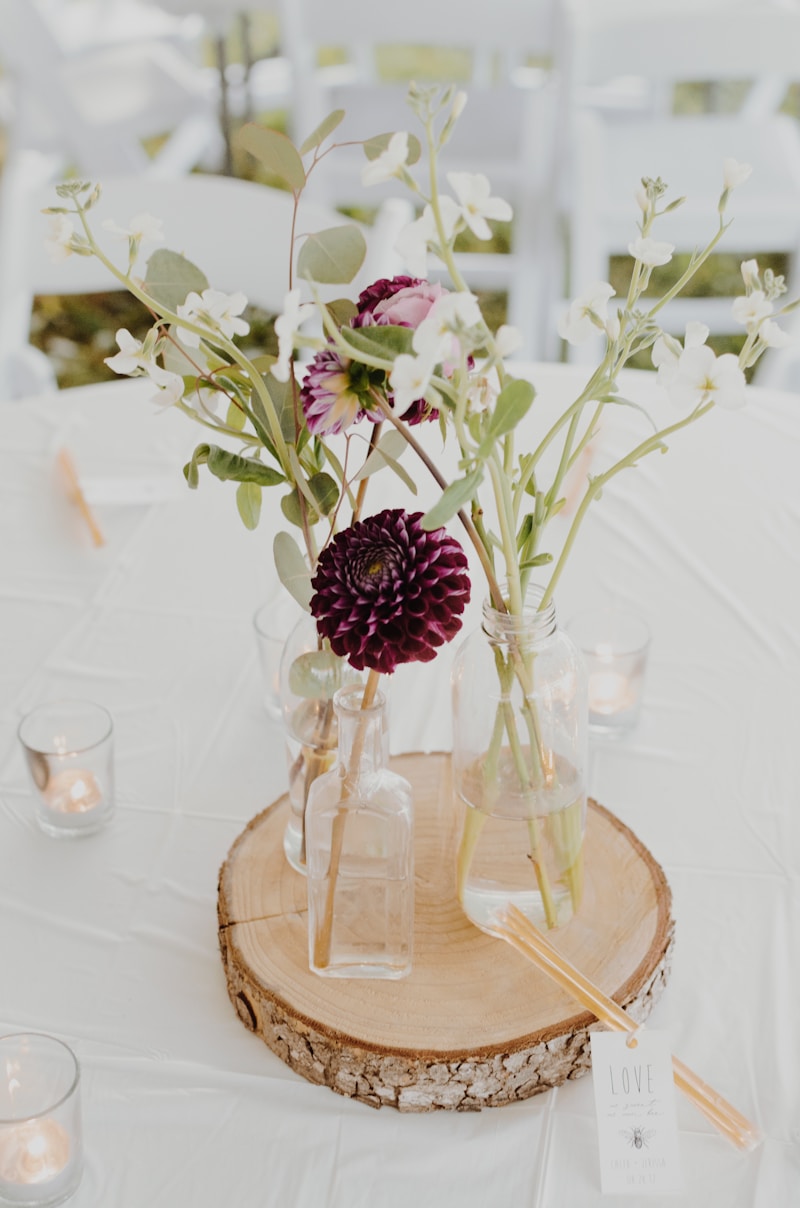Navigating Wedding Dress Size Labels: Your Ultimate Guide
Understanding Wedding Dress Size Labels
Finding the perfect wedding dress is a significant part of the wedding planning process. However, one of the most confusing aspects can often be navigating wedding dress size labels. Size labels can vary greatly between brands, dresses, and even countries, making it essential for brides-to-be to understand how to interpret these labels to find their ideal fit.
The Importance of Accurate Sizing
When it comes to wedding dresses, sizing is crucial. A dress that fits perfectly can make a bride feel beautiful and confident on her big day, while an ill-fitting dress can cause discomfort and stress. Therefore, understanding wedding dress size labels is essential for every bride. Here are some reasons why accurate sizing is important:
- Comfort: A comfortable dress allows for easy movement, especially during the ceremony and reception.
- Style: Certain dress styles may require a specific fit to look their best; for example, a form-fitting gown versus a ball gown.
- Confidence: Knowing you look great in your dress can boost your confidence as you walk down the aisle.
How Wedding Dress Sizes Work
Wedding dress sizes are not always straightforward, and it’s important to understand how they differ from regular clothing sizes. Here’s a breakdown:
1. Bridal Sizing vs. Regular SizingBridal sizes often run smaller than standard clothing sizes. For instance, if you wear a size 8 in street clothes, you might need a size 10 or 12 in bridal wear. This is because most wedding dress designers assume that brides will be more concerned about getting a snug fit rather than a size number.
2. Variations Across BrandsDifferent designers can have varying size charts. Always refer to the specific brand's size chart rather than relying solely on your street size.
3. International SizesInternational bridal sizes can also differ. For example, UK sizes often run differently from US sizes. Brides shopping internationally should be particularly aware of these differences.
| US Sizes | UK Sizes | European Sizes |
| 4 | 8 | 36 |
| 6 | 10 | 38 |
| 8 | 12 | 40 |
| 10 | 14 | 42 |
Measuring Yourself Accurately
To effectively navigate wedding dress size labels, accurate self-measurement is essential. Here’s how to measure yourself correctly:
1. Bust: Measure around the fullest part of your bust, ensuring the tape is level.2. Waist: Measure around your natural waistline, where you usually wear your pants.
3. Hips: Measure around the widest part of your hips.
It’s recommended to have someone help you with measurements to ensure accuracy. Once you have your measurements, compare them with the designer’s size chart for the best fit.
Trying On Wedding Dresses
Once you have a good understanding of your size, the next step is trying on wedding dresses. Here are some tips to keep in mind:
- Bring the Right Undergarments: Wear undergarments similar to what you may wear on your wedding day to get a true feel of how the dress fits.
- Stay Open-Minded: Dress silhouettes may look different on the hanger than when tried on. Explore various styles.
- Ask for Help: Bring trusted friends or family members to help you make decisions.
Common Questions About Wedding Dress Sizes
As you navigate wedding dress size labels, you may have some common questions:
Q: Should I size up when ordering my wedding dress?A: It’s typically better to order based on your largest measurement and have the dress tailored. Tailoring is common for wedding dresses.
Q: How far in advance should I order my wedding dress?A: It’s advisable to order your wedding dress 6-12 months before your wedding date to allow time for alterations and fittings.
Q: Can I still wear a dress I bought online?A: Yes, but expect to do alterations. Online shopping can save money, but knowing your measurements beforehand is crucial.

Final Thoughts
Navigating wedding dress size labels can be intimidating, but understanding how sizes work can empower brides-to-be in their dress shopping journey. Always take your measurements seriously, utilize size charts, and don’t hesitate to reach out to designers for size clarification. Ultimately, remember that your wedding dress is a reflection of your style and personality, and finding the perfect fit will help you shine on your special day. Happy dress shopping!
As you prepare for your wedding, consider scheduling fittings well in advance and maintain an open line of communication with your bridal shop to facilitate any necessary adjustments. This approach will ensure that your experience is as stress-free as possible, leaving you to enjoy this significant milestone.